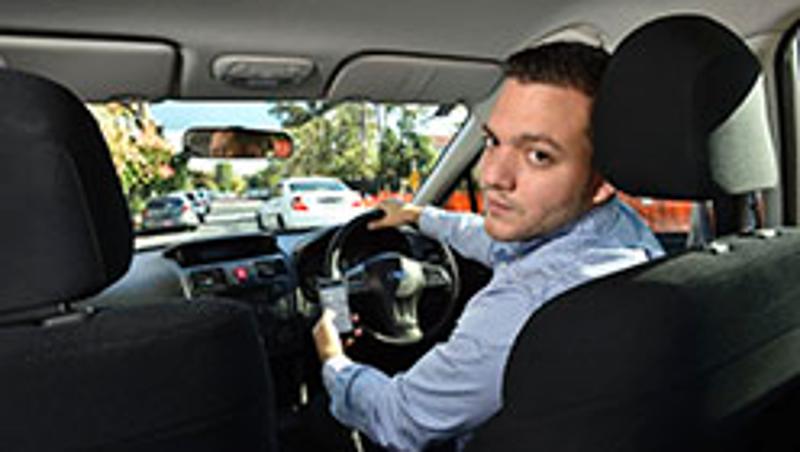
A new QUT study will look at how people juggle driving while using their mobile phone, with research suggesting drivers try to compensate for their dangerous behaviour as a way to improve safety.
Oscar Oviedo-Trespalacios, from QUT’s Centre for Accident Research & Road Safety – Queensland (CARRS-Q), said despite fines, studies showed mobile phone conversations quadrupled the likelihood of crashing with more than 50 per cent of people admitting to using a mobile phone to text, talk, or browse while driving.
“What we know is that drivers often have to focus on two tasks at once when behind the wheel and when they do this they compensate for their inattention by slowing down or adapt their behaviour in other ways, but it remains unclear whether this improves or reduces road safety,” Mr Oviedo-Trespalacios said.
“For example, in simulator studies undertaken at CARRS-Q we have found people who were using their mobile phone when driving do slow down which might be considered safer, but they also don’t readily see pedestrians crossing the road.”
Mr Oviedo-Trespalacios said as part of the study, he was calling on Australian drivers aged 18 to 65 to take an online survey looking at how people adapt their driving behaviour when using their mobile phone.
“Mobile phone distracted driving is a significant safety concern and while we don’t like people driving while using their phones, hands-free mobile phone use is legal for some groups of drivers and research shows people admit to breaking the law, so it is essential we understand how this affects driving behaviour in order to develop countermeasures to make mobile phone use safer.
“Current studies seem to suggest that while engaging in dual tasks, drivers are able to prioritise driving over their mobile phone use but how they do this may or may not actually be making them safer on the roads.”
He said this research had implications for driverless cars.
“We are heading towards driverless cars and while we think of them as being fully automated, there are varying levels of automation, for example vehicles already offer automated reverse parking and auto braking in potentially dangerous situations.
“At the same time, drivers need to intervene at some point when we have anything less than a fully driverless car.
“But we don’t know exactly what is happening when drivers share their attention between driving and communication, and we need to understand this to ensure that safety is not compromised when risky situations arise. These are the challenges we want to address.”
To take part in the study or for more information, visit http://www.carrsq.qut.edu.au/mobile/
Media contacts:
Sandra Hutchinson, QUT Media, 07 3138 9449 (Tue/Wed) or media@qut.edu.au
After hours: Rose Trapnell, 0407 585 901




